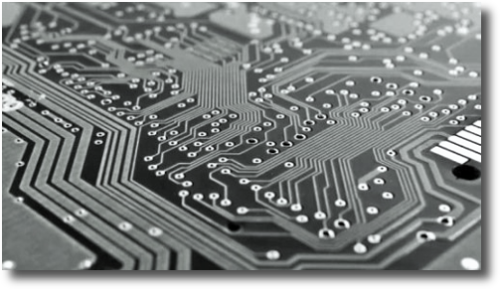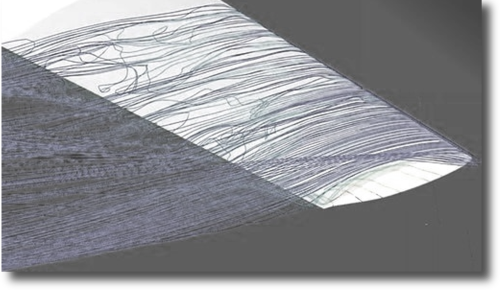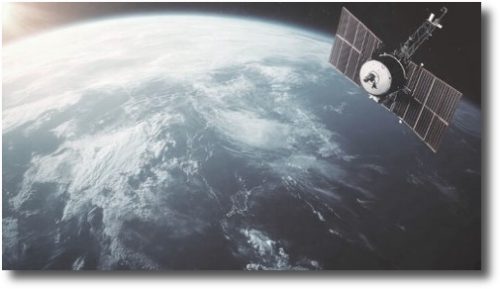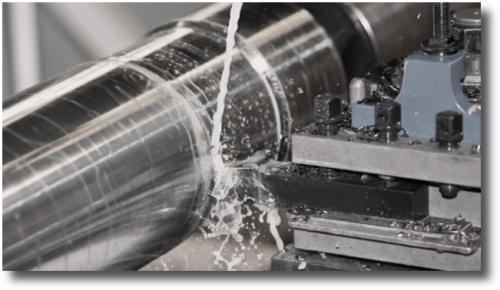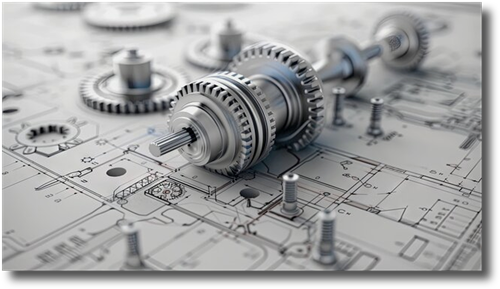Horizons & Objectives

SPACE & SATELLITE TECHNOLOGIES
Our Economic Horizons
SPACE & SATELLITE TECHNOLOGIES
The space and satellite sector is booming, with a projected compound annual growth rate of 10% to 15% in the coming decade.
By 2030, the market for satellite services is anticipated to hit $120 billion, fueled by growing needs in Earth observation, communications, and navigation.
PREYSSE targets these burgeoning market segments by creating clean propulsion technologies to cater to the surge in small satellite launches, where the market could potentially reachi $15 billion by 2032. PREYSSE positions itself in a dynamic market where innovation, precision, performance, and reliability are key factors. Our company sets ambitious goals to develop products that will make a real difference in the market. We believe in innovation as the driver of change, in quality as a pledge of trust, and in impact as the measure of the success of our innovations.
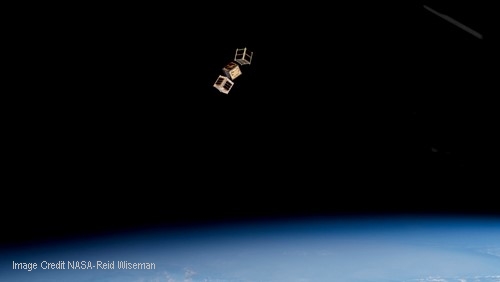

Our objectives
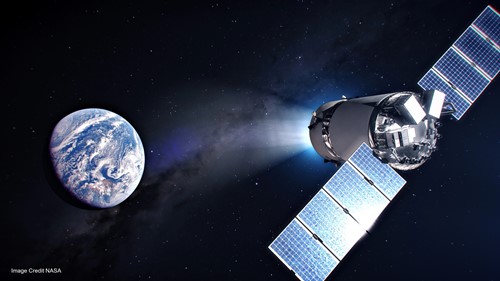

SPACE & SATELLITE TECHNOLOGIES
Our strategy is anchored in innovative boldness, with an aim to redefine and dramatically improve the performance of hydrogen peroxide (H₂O₂) based propulsion systems for attitude control, orbital maneuvers, trajectory corrections, and deorbiting of small satellites. Our objectives are focused on providing high-performance systems that are easily integrable, miniaturizable, and exceptionally reliable. Our ambition is to significantly boost the competitive edge of these systems in the rapidly expanding market.
Our innovation strategy focuses on making the best use of existing technologies by critically reevaluating them. We are committed to a continuous process of improvement and optimization, where each technology is scrutinized for its evolutionary potential. Alongside, we channel resources into research and development to create and internally develop disruptive technologies and to integrate existing technologies that complement and enhance current critical systems. This approach allows us to merge the best of both technological worlds: the robustness and maturity of proven technologies with cutting-edge innovations from our research.
Contributing to the Non-Proliferation of Space Debris
Space debris in low Earth orbit (LEO) represents an increasing risk to satellites and space missions, with potential collisions that could generate even more debris, a phenomenon known as the "Kessler Syndrome" (Kessler & Cour-Palais, 1978). This scenario describes a chain reaction where debris collisions produce new fragments, exponentially increasing the risk for space exploration. Currently, there are approximately 34,000 objects larger than 10 cm, 900,000 objects between 1 and 10 cm, and over 128 million pieces of debris smaller than 1 mm in orbit (ESA, 2025).


Our Motivations & Our Values
Our motivations extend beyond our commitment to technological innovation. We firmly believe that environmental issues can and must be integrated into space operations without leading to any technological setback.
Recognizing the challenges of this new era of space exploration, we are focused on developing solutions that contribute to minimizing the environmental footprint.
Preventing space debris in low Earth orbit (LEO) is therefore crucial to ensure the safety and sustainability of space activities. Two main strategies are favored to prevent the formation of new space debris: on one hand, precise control of orbital trajectories to avoid collisions, and on the other hand, deorbiting satellites at the end of their operational life.
Contributing to better control of Orbital Trajectories
With the increase in constellations of small satellites, collision prevention is an essential aspect of orbital management. This prevention relies on the careful control and adjustment of trajectories through avoidance maneuvers based on precise calculations of collision risks. These actions are critical to avoid impacts that could not only damage satellites but also generate more debris, exacerbating the problem. Moreover, it is imperative to develop systems suited to small satellites, particularly nanosatellites, which often lack the capability to perform these maneuvers. The integration of micro-propulsion systems and autonomous navigation software is therefore crucial to enable them to adjust their orbits, thereby reducing the risk of collisions in a context of multiplying satellite constellations.
Contribute to the widespread adoption of Controlled Deorbiting
Controlled deorbiting is a vital step in reducing space debris. It involves guiding an end-of-life satellite to enter Earth's atmosphere, where it disintegrates due to thermal friction. This maneuver is often scheduled to occur over remote ocean areas like the "Nemo Point," minimizing the risk of debris falling on populated or land areas. This practice is not only crucial for reducing physical debris; it also prevents the spread of potentially hazardous and polluting chemicals from satellites into the atmosphere. This is why we believe that the use of hydrogen peroxide (H₂O₂) can make atmospheric re-entry more efficient and less polluting, by breaking down materials and reducing environmental contamination.


Promising prospects
The proportion of small satellites, such as nanosatellites and picosatellites, equipped with propulsion systems for trajectory management and deorbiting is on the rise, but it is not yet widespread. Historically, these satellites were often launched without propulsion due to associated costs and complexity, especially for educational or research missions where orbital precision was not critical. A 2019 study on CubeSats revealed that less than 10% of satellites launched between 2000 and 2018 had propulsion systems. Recently, this trend has evolved, with a Euroconsult report indicating that 25% of CubeSats in 2020 were equipped with propulsion, signaling a growing interest in trajectory management and deorbiting.
An evolving regulatory framework
This evolution is largely driven by increasing regulatory pressure. At the national level, France adopted the Space Operations Act (Loi sur les Opérations Spatiales, LOS) in 2008, making deorbiting mandatory. International guidelines, such as those from the UN's COPUOS (Committee on the Peaceful Uses of Outer Space), and European ones like the ESA's Zero Debris Charter proposal or the initiative for a European Space Law for space traffic management, aim to reduce the creation of new debris while fostering a competitive and responsible space market. The agreements of the IADC (Inter-Agency Space Debris Coordination Committee) also contribute to these efforts in preventing and managing space debris.
SPACE & SATELLITE TECHNOLOGIES
Follow our news!


